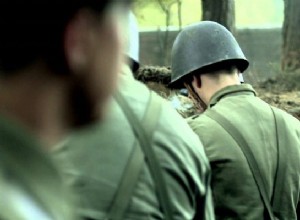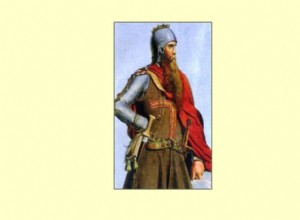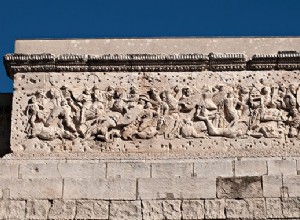On September 1, 1939, the German Army breached the Polish border. World War II was already a fact. Against Poland and its western allies (Britain, France), the German Army had neither numerical nor qualitative superiority, despite the opinions to the contrary circulating. The Germans were superi




